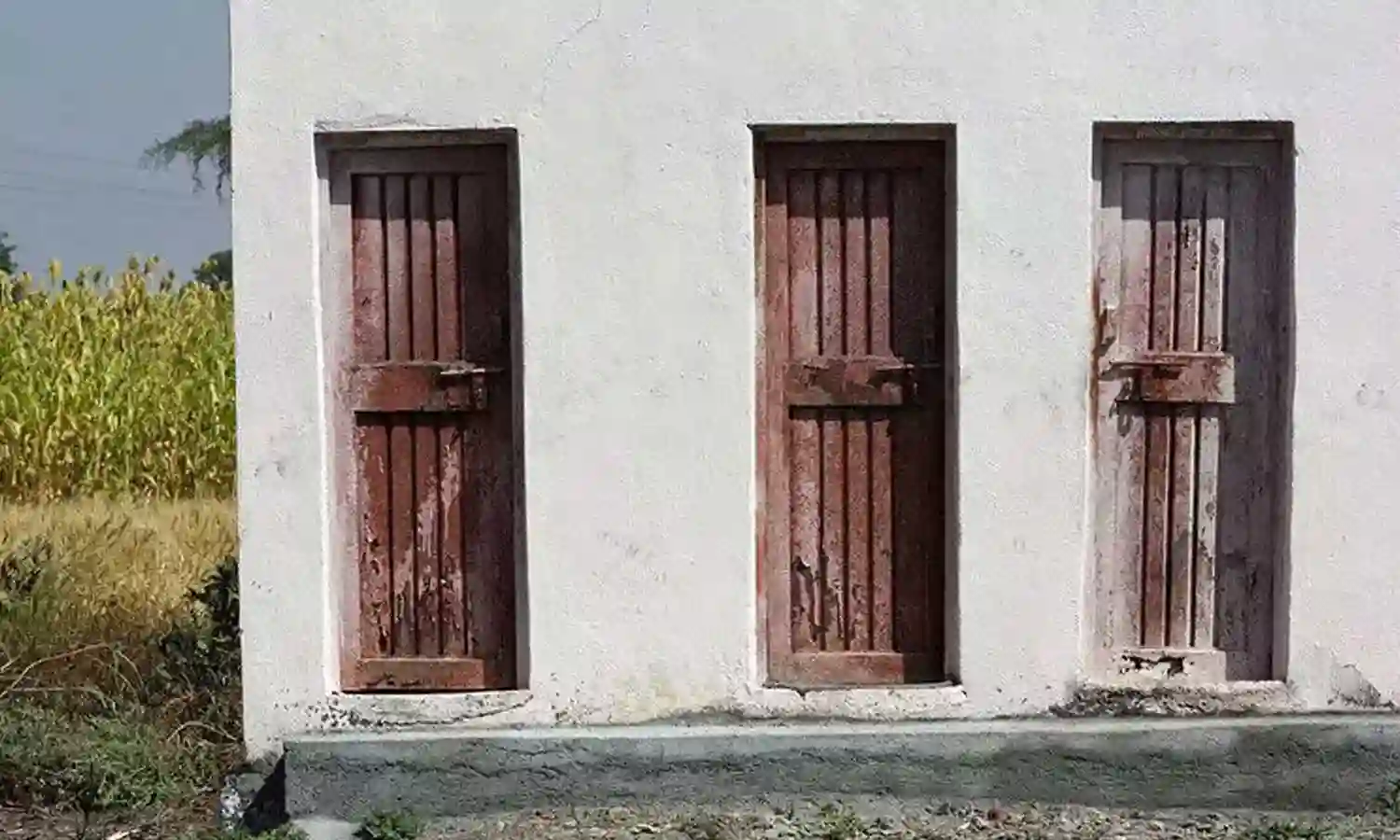Is Rural India 100% Open Defecation Free? A FactCheck
On World Toilet Day, India celebrates 100% ODF. But access does not equal usage.

On #WorldToiletDay, India celebrated a whole year of being Open Defecation Free (ODF). In theory. On October 2 last year, five years after the launch of the Centre's flagship Swachh Bharat Mission (SBM), Prime Minister Narendra Modi declared Indian 100% ODF, meaning every household in the country has access to a toilet. In 2014, only 38.7 % of households had a toilet.
Since 2014, 10,71,13,973 toilets have been built in rural areas. 6,03,177 villages and 706 districts have been declared ODF. This administrative data has often been disputed by external surveys and even by government ones like the National Sample Survey. For example, the 76th National Sample Survey (NSS) on Drinking Water, Sanitation, Hygiene and Housing Condition, conducted between July and December 2018 in 63,736 households in rural areas, showed that only about 71.3% of them had access to a latrine.
During the same period, SBM was claiming figures as high as 95%. The difference in the percentage coverage of toilets in each state as reported by the two government sources is also stark. The NSS adds a disclaimer that respondent bias is possible as it may be perceived that a negative reply to benefits received and access to facilities may lead to additional benefits through government schemes.
ODF Data: NSS vs SBM
A report by Rice Institute, which conducted two surveys in 2014 and 2018 in rural Bihar, Madhya Pradesh, Rajasthan, and Uttar Pradesh, said that 44% continued to defecate in the open. This was an improvement since 2014 when 70% of those surveyed practised open defecation. This reduction was largely due to the construction of new toilets - nearly six in 10 households that did not own a latrine in 2014 acquired one by the 2018 survey. However, the percentage of people who owned a toilet but did not use them remained constant at 23%.
The NSS was more optimistic about toilet use. Among the households which had access to a latrine, about 94.7% of the males and 95.7% of the females in the rural areas used it regularly. Encouragingly, water was available around the toilet in more than 95% of the cases.
The second National Annual Rural Sanitation Survey, conducted between November 2018 and February 2019, presented numbers much closer to the SBM data. This was a survey conducted by an independent verification agency and profiled 92,040 households in 6136 villages. It said that 93.1 % of rural households had access to toilets and 96.5% of them were used. However, close to 10% of the villages that were declared ODF by the government were found to not be so.
Clearly, the government's definition of ODF is based on toilet construction rather than use. And while its achievement in getting the infrastructure ready is not disputed, India is quite some ways to go before being truly ODF.
IDinsight is a global advisory, data analytics, and research organization that had studied open defecation among households that already own toilets in a block in Bihar. Karan Nagpal, an economist with the organisation, says there are several reasons for toilets not being used. For example, a large number of family members had to use a single toilet, which forced some family members to occasionally defecate in the open. "People engaged in agriculture would use the toilet at home, but when they are working in the fields and need to use the toilet, they have no option but to defecate in the open," he says. Besides some people, especially the elderly, have very deep-seated habits for open defecation as part of their daily routine. They continue the practice even when they have toilets at home, though their other family members may exclusively use toilets.
IDinsight experimented with designing nudges for three specific problems. First, they sought to tackle the anxiety around emptying the latrine pits. Users were unsure of how long it took for the pits to fill and worried about the process of emptying them which is considered impure and a job for the lower castes. The nudge attempted to address this with posters that explain the emptying process and stickers that indicated the expected date of emptying for each house. Market solutions that have come up around this have also served to reduce these anxieties.
Second, gender norms prevent non-married family members of different genders (eg fathers-in-law and daughters-in-law) from sharing the same space. Men preferred to reserve the use of toilets for the women of the house. Nudges like creating schedules for latrine use have been found to be ineffective in addressing this as these opinions are too deep-seated.
Finally, there is an unpleasantness associated with using toilets, especially as compared to open defecation. People struggled with the right materials to clean their toilets and have considered it a hassle. This salience of "unpleasantness" barrier was found to be reduced through nudges like a fresh coat of paint, a radio fixed inside latrines and providing toilet cleaning supplies.
Other researchers have argued that highlighting problems of faecal contamination of groundwater sources, soil and food due to open defecation will have a better impact in correcting behaviour. A UNICEF report on the environmental impact found that the relative risk of faecal contamination of groundwater traceable to humans was 12.7 times more likely in non-ODF villages as compared to ODF villages. The risk of contamination was 2.16 times higher for food or household drinking water.
Along with Phase 2 of the SBM which will focus on ODF sustainability and solid and liquid waste management, what is needed now is an intensive information, education and communication campaign to encourage the use of the available toilets.


